Are you ready to change the way you eat and feel better every day? Building healthy eating habits doesn’t have to be overwhelming or complicated.
With the right plan, you can make simple changes that stick and bring real results. This 1 Week Program for Healthy Eating Habits Preparation is designed just for you. It will guide you step-by-step to prepare your mind, kitchen, and body for a healthier lifestyle.
Keep reading, and discover how small, easy actions can lead to big improvements in your health and energy. Your new eating habits start here.
Setting Clear Goals
Setting clear goals is the first step toward healthy eating habits. Clear goals give you direction and keep you focused. They help you measure progress and stay motivated. Without clear goals, it is easy to lose track or feel overwhelmed. This section will guide you through setting effective and practical goals for your healthy eating journey.
Identifying Personal Motivations
Knowing why you want to eat healthier is very important. Your personal reasons will keep you motivated. Some people want more energy. Others want to lose weight or improve health. Think about what matters most to you. Write down your reasons. This makes your goals feel real and personal.
Choosing Realistic Targets
Set goals that you can reach step by step. Small changes add up over time. Avoid setting big goals that seem too hard. For example, start by adding one fruit each day. Or try to drink more water daily. Realistic targets help you build good habits. They make success easier and more likely.
Meal Planning Basics
Meal planning is key to healthy eating. It helps you save time and avoid unhealthy choices. Planning meals in advance keeps your diet balanced and varied. It also reduces food waste and stress during busy days.
Start by knowing what your body needs. Choose foods that fuel you well. Keep your meals simple and colorful. This makes eating healthy easy and enjoyable.
Balancing Macronutrients
Macronutrients are protein, carbs, and fats. Each one plays a big role in your health. Protein builds muscles and repairs tissue. Carbs give energy for your daily activities. Healthy fats support brain and heart functions.
Try to include all three in every meal. Use lean meats, beans, or tofu for protein. Pick whole grains and vegetables for carbs. Add nuts, seeds, or olive oil for fats. This balance keeps you full and energized.
Incorporating Whole Foods
Whole foods are fresh and less processed. They have more vitamins and minerals. Fruits, vegetables, whole grains, and nuts are good examples. These foods help your body work better.
Choose whole foods over packaged or fast foods. They taste better and keep you healthy. Plan meals using these natural ingredients. Your body will thank you with more energy and better digestion.
Grocery Shopping Tips
Grocery shopping plays a key role in building healthy eating habits. Choosing the right foods at the store sets the stage for good meals all week. Smart shopping saves money, time, and prevents unhealthy temptations.
Focus on planning and knowing what to buy before heading out. Understanding food labels helps pick better options quickly. These tips make grocery trips easier and support your health goals.
Creating A Smart Shopping List
Start by planning your meals for the week. Write down all ingredients needed for breakfast, lunch, and dinner. Include snacks and drinks as well.
Stick to the list to avoid impulse buys. Group items by category like fruits, vegetables, proteins, and grains. This saves time and keeps shopping organized.
Check your pantry and fridge first. Cross off items you already have. This prevents buying duplicates and reduces food waste.
Reading Food Labels
Look at the serving size to understand the nutrition facts. Compare calories, fats, sugars, and sodium between products.
Choose foods with fewer added sugars and lower sodium. Whole ingredients and simple lists are better than long, unfamiliar ones.
Check for fiber content. High fiber supports digestion and keeps you full longer. Avoid products with trans fats and hydrogenated oils.
:max_bytes(150000):strip_icc()/VWFit-Meal-Plan-Journey-1-Week-Healthy-and-Balance-Meal-Plan-6ee43578918947a4b687922d614f2be3.jpg)
Credit: www.verywellfit.com
Healthy Cooking Techniques
Healthy cooking techniques make meals better and good for your body. They keep nutrients in food and reduce bad fats. Using these methods helps you eat fresh, tasty, and clean meals every day.
Choosing the right way to cook can save time and effort. It also helps keep your meals interesting and full of flavor. Simple changes in cooking can lead to big health benefits.
Simple And Nutritious Recipes
Pick recipes with few ingredients and lots of nutrients. Steaming vegetables keeps vitamins and minerals safe. Grilling lean meats adds flavor without extra fat. Stir-frying uses little oil and cooks fast. These recipes are easy to make and good for your health.
Batch Cooking For Busy Days
Cook big portions and save meals for later. Use airtight containers to keep food fresh. Batch cooking saves time during busy weeks. Make soups, stews, or casseroles that reheat well. Having healthy food ready helps you avoid fast food.
Mindful Eating Practices
Mindful eating helps you pay close attention to your food and feelings. It improves your relationship with food and supports healthy habits. This practice teaches you to enjoy each bite and notice how your body feels. Mindful eating reduces overeating and promotes better digestion.
Start by slowing down and focusing on your meals. Avoid distractions like phones or TV. Notice the taste, texture, and smell of your food. This awareness helps you make better food choices and feel satisfied with less.
Recognizing Hunger Cues
Understanding true hunger is key to mindful eating. Your body gives signals when it needs food. These signals include a growling stomach or low energy. Learn to eat only when you feel these signs. Avoid eating out of boredom or habit. Pause before meals and ask, “Am I really hungry?”
Eating only when hungry helps control portion sizes. It also prevents unnecessary snacking. This habit keeps your energy balanced throughout the day. Over time, you will better understand your body’s needs.
Reducing Emotional Eating
Emotional eating happens when you eat to feel better, not for hunger. Stress, sadness, or boredom can trigger this habit. Mindful eating helps you notice these feelings. Instead of eating, try other ways to cope. Walk, breathe deeply, or talk to a friend.
Recognizing emotional triggers breaks the cycle of unhealthy eating. It improves your mood and health. Mindful eating builds a stronger connection between your mind and body. This connection supports long-term healthy eating habits.
Hydration And Its Role
Hydration plays a key role in healthy eating habits. Drinking enough water supports the body’s functions. It helps keep energy levels up and aids digestion. Water also helps control hunger and supports weight management.
Many people do not drink enough water daily. This can lead to tiredness and poor concentration. Drinking water regularly can improve your mood and skin health. It helps flush out toxins and keeps your organs working well.
Benefits Of Drinking Water
Water helps regulate body temperature. It keeps joints lubricated and muscles flexible. Drinking water can reduce headaches and improve focus. It supports healthy digestion and prevents constipation. Water helps carry nutrients to cells and removes waste. It also helps control calorie intake by reducing hunger.
Infused Water Ideas
Adding fruits and herbs to water makes it tasty. Try lemon slices with mint leaves for a fresh taste. Cucumber and lime give a cool, crisp flavor. Berries like strawberries or blueberries add sweetness. You can also use orange slices with basil for a unique twist. These options make drinking water more enjoyable.
Tracking Progress
Tracking progress is a key part of building healthy eating habits. It helps you see what works and what needs change. You stay focused and motivated by watching your daily choices.
Small steps add up over time. Tracking keeps your goals clear and your efforts steady. It makes the journey easier and more rewarding.
Using Food Journals
Food journals are simple tools to track what you eat. Writing meals down helps you notice patterns. You spot foods that make you feel good or bad.
Journals also show portion sizes and meal timing. They keep you honest and aware. This awareness is the first step to better choices.
Adjusting Habits Based On Feedback
Feedback from your food journal guides your changes. If you feel tired after meals, note the foods. Adjust those meals to find what fuels you best.
Changing habits bit by bit is easier than big shifts. Use your journal notes to set small goals. This helps you build lasting healthy habits.

Credit: www.asweetpeachef.com
Maintaining Motivation
Maintaining motivation is key to sticking with healthy eating habits. It keeps you focused and helps you avoid giving up. Motivation can drop during the week, but simple strategies can help you stay on track. Celebrate progress and connect with others who support your goals.
Celebrating Small Wins
Small wins build confidence and encourage continued effort. Each healthy meal or snack counts. Praise yourself for choosing fruits or drinking water. These moments show you are moving forward. Tracking these wins helps you see your progress clearly. It creates positive feelings that boost motivation.
Building Support Systems
Having support makes healthy eating easier. Friends, family, or groups can offer encouragement. Sharing your goals with others creates accountability. They can remind you why you started. Support systems also provide advice and share ideas. You feel less alone on your journey.
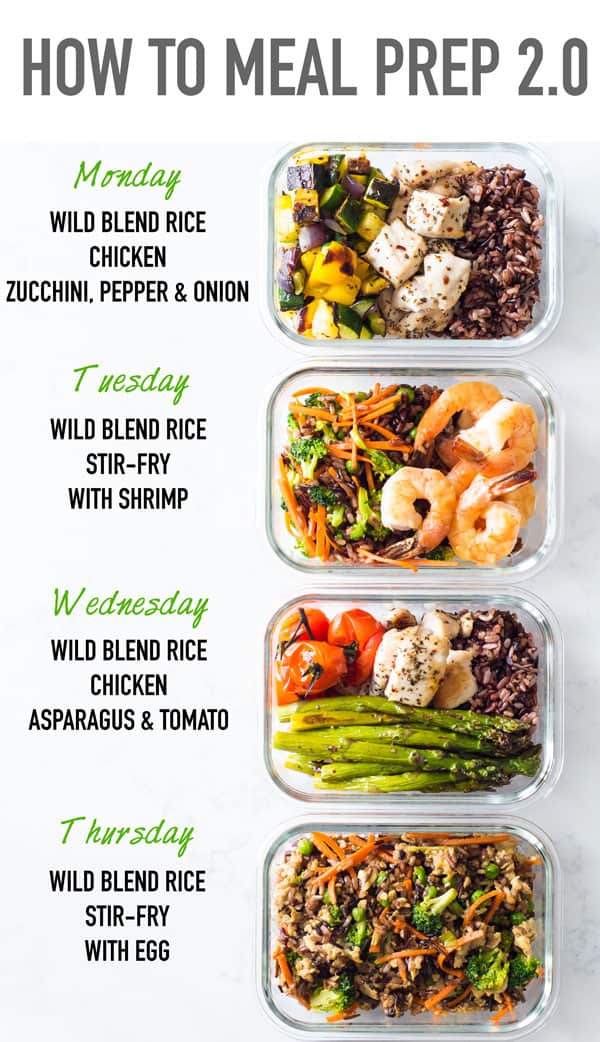
Credit: greenhealthycooking.com
Frequently Asked Questions
What Are The Key Steps In A 1-week Healthy Eating Program?
Plan meals with fruits, vegetables, whole grains, lean proteins, and limit sugar and salt intake.
How Can I Prepare Meals In Advance For Healthy Eating?
Cook and portion meals early to save time and avoid unhealthy food choices later.
What Snacks Are Best During A Healthy Eating Week?
Choose nuts, yogurt, fresh fruit, or cut veggies for quick, nutritious snacks.
How Does Drinking Water Help In Healthy Eating Habits?
Water keeps you full, helps digestion, and reduces cravings for sugary drinks.
Conclusion
Healthy eating starts with small, simple changes each day. This 1-week program helps build strong habits step by step. Enjoy fresh fruits, vegetables, and balanced meals regularly. Drink plenty of water and avoid sugary snacks. Plan your meals ahead to stay on track easily.
Remember, consistency is key to lasting results. Feel your energy grow and mood improve as you eat well. Keep practicing these habits beyond one week for better health. Your body and mind will thank you. Healthy eating is a journey worth taking.

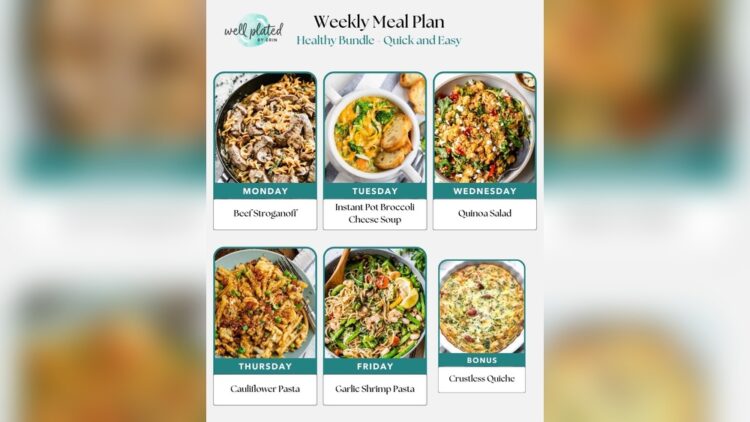
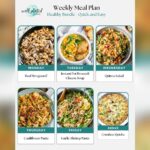
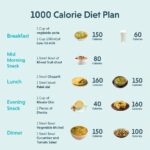



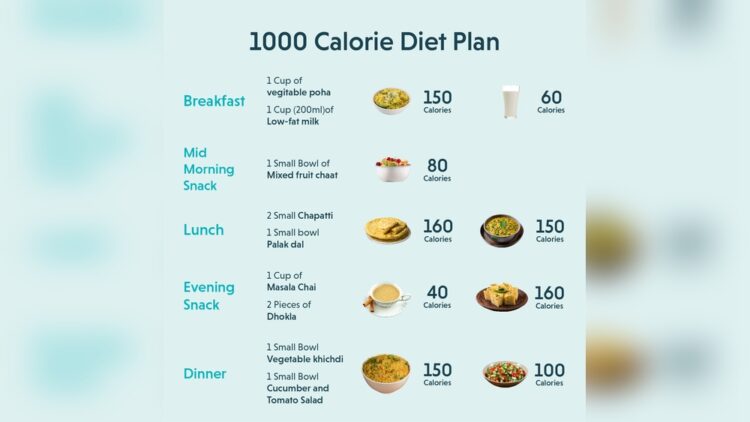

Leave a Reply